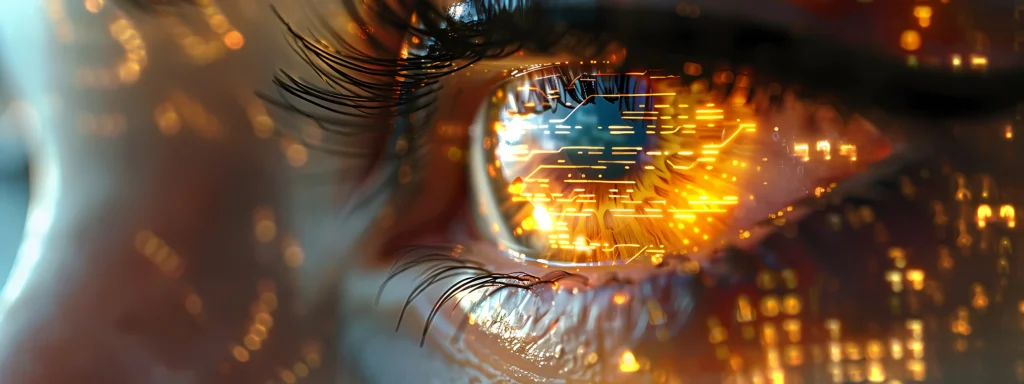Denise Holland Dresser, From Slack’s Helm To AI’s Horizon
From Slack’s Helm To AI’s HorizonDenise Holland Dresser Charts a Formidable Course By Jane Stevens Denise Dresser, a name that certainly rings out in the high, fast paced echelons of global technology, has recently made headlines for a move that speaks volumes about her vision and the trajectory of enterprise innovation, having accepted the role of Chief Revenue Officer at OpenAI, an organisation that truly defines the frontier of artificial intelligence, this transition from her tenure as the Chief Executive Officer of Slack is more than just a career change, it is a significant statement in the industry, a testament to her standing as a leader who not only keeps pace with technological shifts but actively seeks to shape their commercial application, Dresser, whose expertise is sharply honed from years of scaling category defining platforms, brings with her a wealth of experience, particularly from her impressive time at Salesforce, Slack’s parent company, where she navigated the immense complexities of a massive acquisition and integration, leading to genuine transformation and sustained growth, her ability to guide a platform like Slack, a tool now indispensable to millions of professional lives, through periods of intense growth and change clearly marks her out as a leader of exceptional calibre, she understands implicitly how to make technology truly useful, reliable, and crucially, accessible for businesses, a skill that will be absolutely vital in her new undertaking at the cutting edge of AI development. The move to OpenAI places her squarely at the heart of the generative AI revolution, a technological shift that promises to redefine the modern workplace just as the internet did a generation ago, her mission now is to oversee the global revenue strategy, ensuring that the company’s powerful, groundbreaking AI tools are not just marvels of engineering but also scalable, profitable, and ethically sound enterprise solutions adopted by millions more workers across every conceivable industry, this is not merely a sales job, it is the strategic challenge of translating raw, foundational technology into measurable, large scale business impact, the kind of impact that fundamentally alters how organisations operate, the very fabric of enterprise efficiency, Dresser’s background is perfectly tailored for this monumental task, having spent more than a decade at Salesforce in various senior leadership capacities, building and directing global sales organisations, successfully serving some of the company’s largest and most complex customers, a period that instilled in her an acute understanding of the enterprise software ecosystem, the deeply held needs of corporate clients, and the delicate art of long term relationship building in the B2B space. Her leadership at Slack was a brilliant masterclass in modern executive oversight, she took the helm shortly after the platform was acquired by Salesforce for a staggering twenty seven billion US dollars, a time of immense internal and external pressure, the challenge was twofold, to maintain Slack’s unique, agile culture while seamlessly integrating it into the behemoth that is Salesforce’s infrastructure and product offering, a difficult balancing act that she managed with strategic foresight and a steady hand, she helped to redefine how millions of people use AI to work more efficiently and stay better connected, demonstrating a natural affinity for embedding intelligent features into daily workflows, this experience of driving adoption and utility within a collaborative platform makes her uniquely qualified to tackle the similar, though vastly larger, challenge of propagating AI across the global enterprise landscape, her commitment to making technology useful, not merely clever, resonates deeply with OpenAI’s ambition to move past single use tools and pilots towards providing AI that companies can truly depend on for their entire organization and most critical processes, a massive undertaking by any measure. In joining OpenAI, Dresser is aligning herself with a company in an aggressive phase of expansion, one that is not only focused on research but also on commercialising its groundbreaking models at an unprecedented scale, the sheer size of their ambition is evident in their aggressive infrastructure spending and their focus on integrating AI tools deeper into the fabric of enterprise operations, her appointment signals a clear, powerful intent from OpenAI to become a far more commercially aggressive and enterprise focused software company, capable of delivering their technological advantage directly to the corporate world, this strategic alignment is where Dresser’s proven acumen will be most keenly felt, she is the executive tasked with bridging the gap between extraordinary, cutting edge technology and real world, dependable commercial execution, ensuring the vast investments in research translate into sustainable, generational revenue streams, she has always demonstrated an unwavering commitment to pioneering new ways of working, an ethic that is now fully deployed in the service of the most transformative technology of our time. The move also brings with it an interesting, palpable sense of urgency within the AI industry, the competitive landscape is ferociously dynamic, the race to integrate artificial intelligence into every layer of business is not a distant goal but a present reality, and having a leader with Dresser’s track record, someone who has successfully scaled multiple category defining platforms, is a huge strategic coup for OpenAI, her experience will be invaluable in navigating the complex regulatory, ethical, and competitive challenges that come with being the market leader in such a revolutionary space, she brings with her not only a deep understanding of the revenue pipeline but also a customer centric philosophy, an understanding that true enterprise value is unlocked when the technology solves a real, tangible business problem, not just when it generates impressive benchmark scores, the focus is on creating measurable, positive business outcomes, driving home the tangible benefits of AI to the C-suite and the average worker alike, a task requiring both technical fluency and commercial empathy. Denise Dresser’s journey is therefore far more than a simple executive reshuffle, it is a potent reflection of the current technological zeitgeist, a recognition that the next phase of AI innovation is inextricably linked to enterprise adoption, it requires leaders who can speak the language of engineering while executing a global commercial









